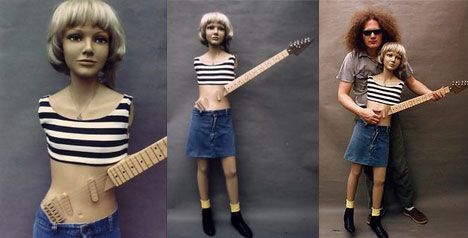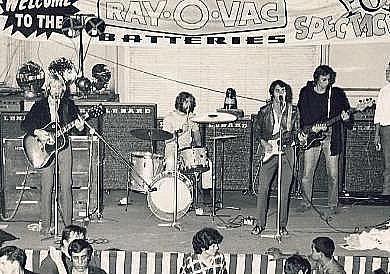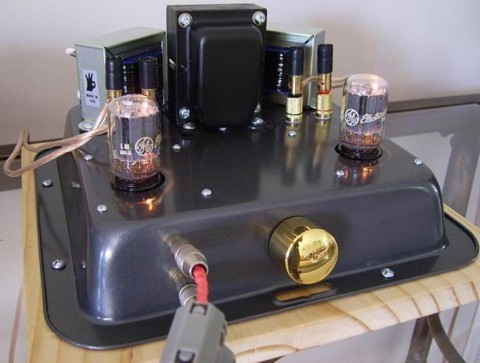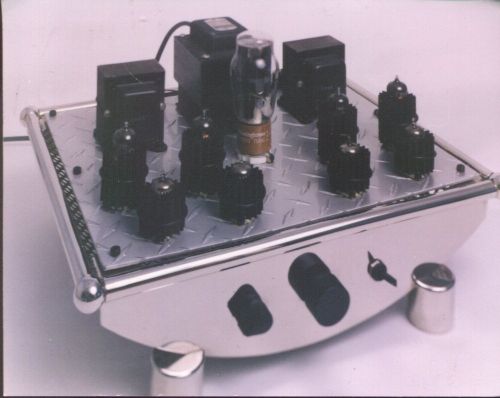http://www.ozvalveamps.org/ampsia06.html | Created: 27/06/09 | Last update:
20:30 17/04/2012
<<<OzValveAmps
|
Amps In Action - 06
New: 24/10/09
 (corrected 4/5/10) Myf Warhurst
(corrected 4/5/10) Myf Warhurst has a background in piano, and her ear for new material when she started out at Triple-J made her a legend. As an encyclopedia of modern music she can give
Glenn A. Baker a run for his money
(and sorry Glenn, but she's better looking too).
New: 20/10/09
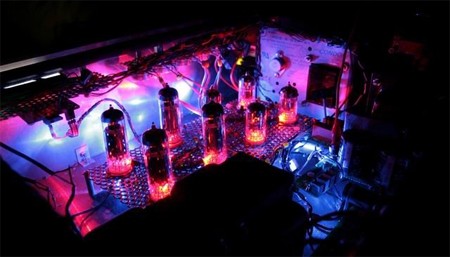
Looks like a stereo, but blue LED's look good against red heaters.
Source: Hack-a-day
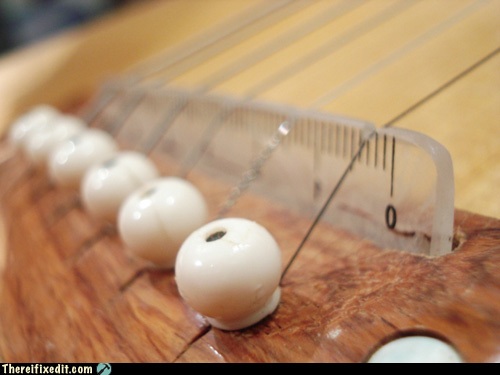
Unlike the guitar nut, the bridge on an accoustic should be smooth,
not notched or even nicked as it can result in buzzing similar to fret buzz.
It should also fit the slot snugly and stand upright, not rolled forward like above.
Source: There, I fixed it for more wrong way repairs.
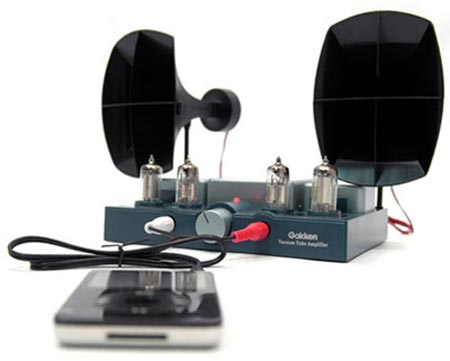
Nice looking, but I hope there is a woofer hidden away somewhere because those horns alone would sound a bit thin.
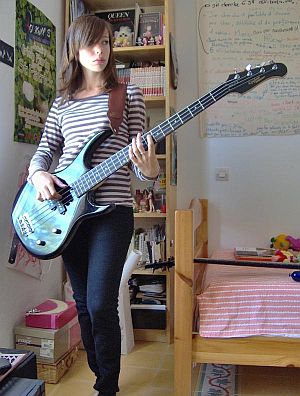
More stumbled-on berzerkatude.
New: 11/10/09
When you just need more...

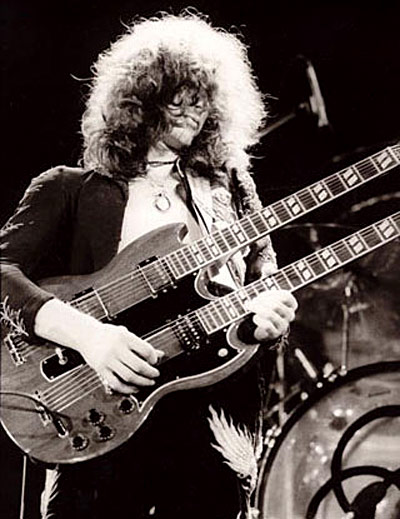

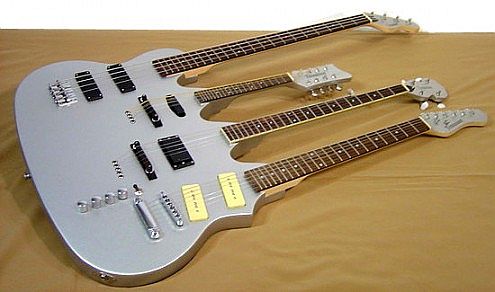
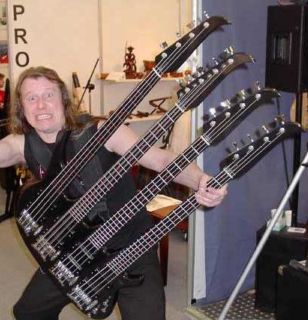
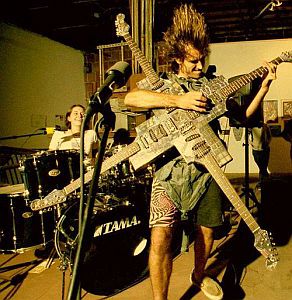
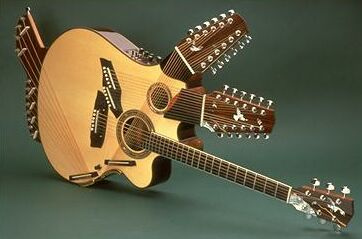

(Personally, I wouldn't be seen dead . . . )
Tamam Shud
New: 21/7/09
New: 27/6/09
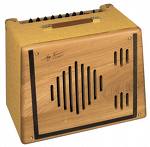
A re-purposed sewing machine case?
You have to assume that Hyper-Fi builders don't have kids or pets, or gig their amps.
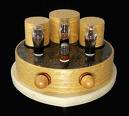

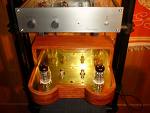

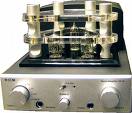
I love the inventiveness of these builders
New: 4/6/11
These rigs stick out as Hyper-Fi because they have only one front panel control, the Volume Knob.
They may have some switching such as programme source selectors, but they have no EQ, equalisation or tone controls.
If you are going to leave out any form of equalisation then you may as well also leave out the volume control.
The need for a volume control is obvious, but the need for frequency-sensitive equalisation less so.
A Symphony Orchestra is a pretty fair example of the range of frequencies and amplitudes a good home stereo should be expected to reproduce nominally; 20Hz to 20kHz with a dynamic range of about 120dB and peak output 126dB(SPL); pretty much from the threshold of hearing to the threshold of pain.
The only time you can hear all the parts in the correct amplitude proportions faithful to the original, is when you are in front of the orchestra, or it is being reproduced at it natural level, that is, fairly damn loud. {and I must remark that damn loud isn't something Class-A triodes do at all well}
While amplifiers have long been capable of this performance, reproduction is limited by the loudspeakers, and by the source channel. Apart from amplitude compression and expansion, recording engineers will also “push” the soft bits and “pull” the loud passages.
Reproduced near its natural level, outside it will sound like a real orchestra is playing in your listening room - and there are not many places you can get away with that.
So it's perfectly reasonable, even by Hyper-Fi standards going by the huge volume knobs, to turn the level down a bit, attenuate the signal somewhat to a more tolerable Sound Pressure Level.
Now a good attenuator is a topic worthy of attention, and some of the Hyper-Fi crew have created some amazing stepped-resistor attenuators that would be a delight on a real broadcast or mixing desk.
But there is a stampeeding herd of enraged Hippos in the room...
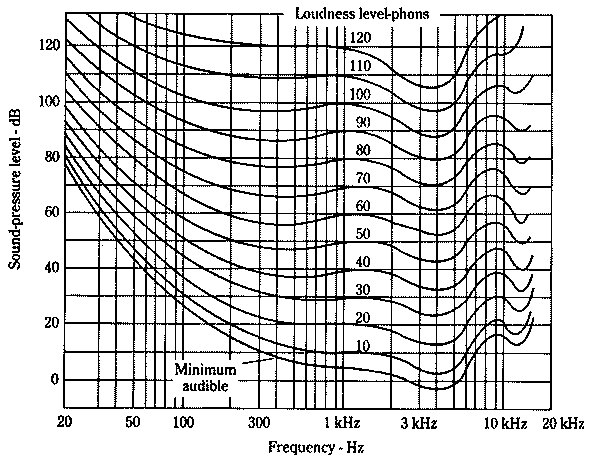
Oh yeah, the Fletcher-Munson Equal Loudness Contours. This is a very good approximation of how “typical(*)” ears turn Sound Pressure Level into sensation.
(*) The Fletcher-Munson curves were derived by audiology conducted on a selected cross section of 40,000 of the American public in the 1930's and 40's. While all sorts of objections can and are raised against the F-M curves, they remain the cornerstone of sound reroduction audiology.
Below 1kH (C5) the curves aren't parallel.
As the absolute listening level is lowered, the sensation is that the bass, and to a lesser extent the trebles, are being lowered at a greater rate as a proportion of the whole - the midbands tend to dominate. {there is also an unrelated subjective pitch shift, of no interest here).
As the level is lowered you get progressively deafer to bass and trebles.
Tone controls like the classic Jones were designed in response to the need to equalise this characteristic of human hearing to allow amplitude-faithful reproduction, correct proportion, at any desired listening level.
Tone controls moved a long way from their original intent on mono record players, but a new control called “Loudness” appeared on some stereos.
The general object of a loudness control is to compensate for the F-M effect to some extent when the volume is turned down. This can take the form of a fixed tap on the volume control, a switched filter, or even a variable control that ideally can match the hearing contour at any listening level.
So if you want fidelity to the original, then some form of EQ is needed, either conventional tone controls, or a specific loudness control to EQ your ears.
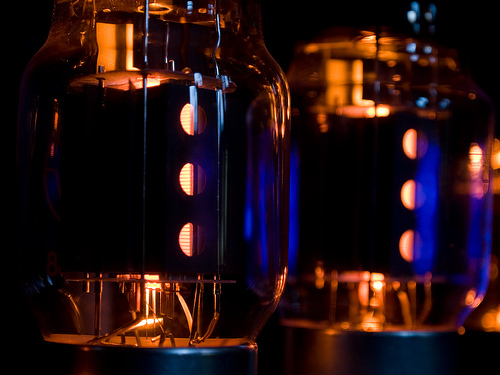
Please see how to submit.





